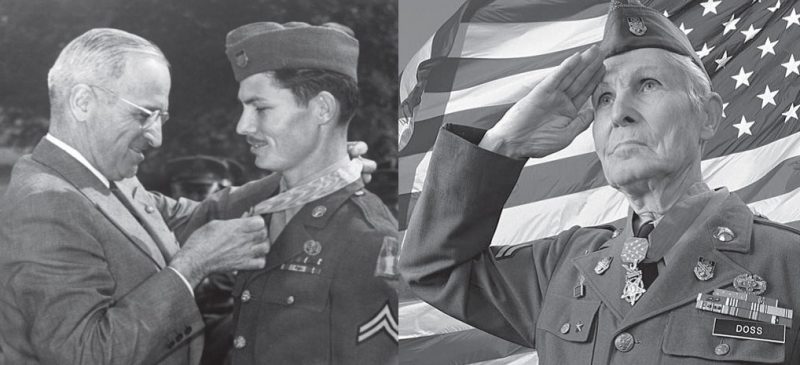Once Hollywood gets hold of a story it often becomes difficult for the viewer to separate fact from Hollywood fiction. With the upcoming release in November of Mel Gibson’s, Hacksaw Ridge, the lover of history would do well to take a minute to study the truly inexplicable story of Medal of Honor recipient Desmond Doss.
Those familiar with the story of Doss are hoping Hollywood keeps the cinematic embellishments to a minimum for his is a story which actually needs none.
Refusing to touch a weapon due to his religious beliefs, Doss volunteered for service during the greatest war the world had ever seen. After much opposition, he eventually found his way to combat as a medic. The 80 plus men he saved were very likely extremely pleased he never picked up a weapon.
For nearly a month on Okinawa, Doss simply could not be stopped from saving his men. Anything from a 400-foot escarpment, grenades, mortars, machine gun fire, and significant wounds to himself.
Desmond Doss was there for a reason, and that reason will give us what we hope is one of the greatest Hollywood accounts of inexplicable gallantry. Here is the true story of Desmond Doss on Okinawa.
To Battle
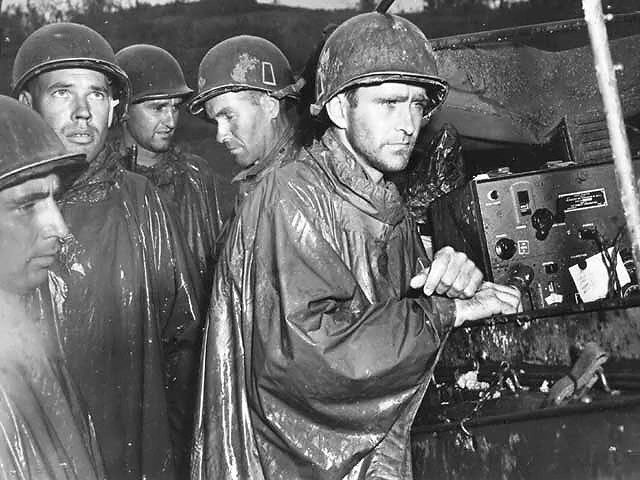
Born in 1919 Lynchburg, Virginia, Doss was a 7th Day Adventist morally bound to do no man harm. As the story will play out, his religious beliefs said nothing about forbidding the saving of lives.
When war broke out, Doss volunteered with the understanding of what this meant for him. After much difficulty, Doss found his way to the Medical Detachment, 307th Infantry, 77th Infantry Division on the island of Okinawa. When the Americans invaded the island on April 1st, 1945 they began a fight which would carry on for nearly three months.
By late April, Doss and his unit would find themselves facing the jagged feature that would subsequently be known as Hacksaw Ridge and the rest is history. And now Hollywood.
As the men of the 1st Battalion looked up at the 400-foot jagged escarpment, they knew a battle lay ahead of them. They had been fighting viciously for every inch of the island and scaling this ridge was certainly going to make the assault much more treacherous.
Just as the men reached the top and began to press forward, a storm of pre-fixed artillery, mortar, and machine gun fire began to rain down upon them. With the 400 foot drop behind them and the ferocious Japanese fire ahead, the casualties quickly began to mount.
Within a short time, over 75 men became casualties and the rest of the unit was forced back. But not Desmond Doss.
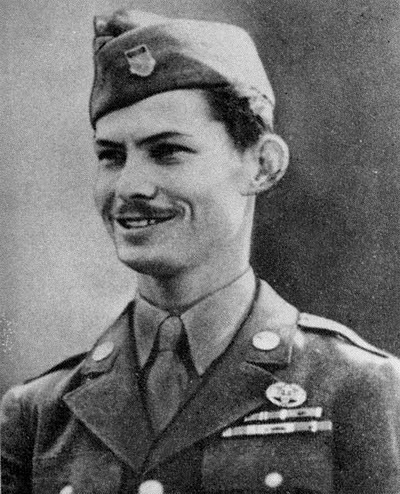
Refusing to exit the kill zone, he instead crawled from casualty to casualty rendering aid and comfort to the fallen. Then, in what can only be described as a remarkable physical feat surpassed only by the gallantry it required, he did the inexplicable.
One by one, Doss carried each man to the edge of the cliff and then lowered them in a rope-supported litter over the edge and back to friendly lines. All of them.
While that action itself could easily be worthy of the Medal of Honor alone, Doss was not finished as more fight lay ahead, and more men would need him.
On May 2nd, a soldier was wounded and quickly found himself 200 yards ahead of the lines caught between intense Japanese and American fire. While this could easily have been a certain death sentence for the average man, the average man doesn’t have Desmond Doss on their team.
Braving over 200 yards of machine gun swept ground, he rescued the man and returned him to safety. Just two days later four men found themselves fallen and wounded while assaulting a heavily defended Japanese cave.
Only 8 yards from the enemy, these men were in a dire situation until Doss came along. Braving a shower of grenades, Doss advanced to the men, treated their wounds, and once again carried them all back out one at a time. Still, he was not finished.
Continues on Page Two
Till the End
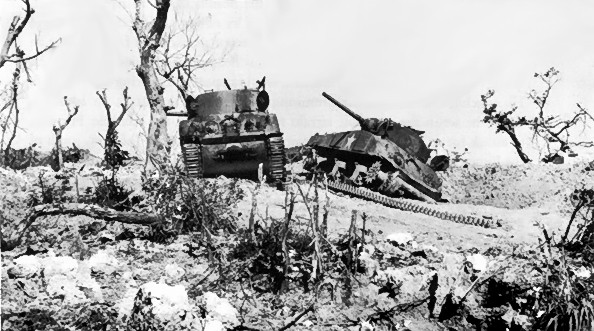
On May 5th, he braved another artillery barrage to rescue a wounded officer. Reaching him, he moved him to cover and painstakingly administered plasma as explosions rocked around him.
Later that day, he did it again at the mouth of an enemy cave just 25 feet from the enemy position. As the battle for Okinawa raged on, Doss’ reputation began to grow and yet he still was not done.
On May 21st, a vicious night attack broke out driving them back into cover. However, Doss once again refused to leave the wounded. Crawling through the dark, he found one man after another and rendered aid as Japanese infiltrators roamed around. It was at this point that a grenade exploded inflicting substantial injuries to Doss’ legs.
He now was the one in need of aid, but rather than call out another soldier from cover for the help he so quickly gave to others, he treated his own wounds in the middle of the fight. For 5 hours, he treated his wounds until the battle advanced and the litter bearers were able to reach him. But once again, Doss was still not done.
As the men began to carry Doss off the field, they were caught in a tank attack and forced to drop the litter. However, this provided an opportunity for Doss to commit one more act of gallantry. Seeing a man in more need of medical attention than himself, Doss crawled off the litter, treated the wounds, and insisted the man was rescued first.
When another soldier eventually returned to help Doss off the field, he was struck by a sniper’s bullet in the arm causing a compound fracture. Perhaps touching a weapon for the first time, Doss used the stock of a rifle to make a splint for his arm. He then carried on to crawl 300 yards over difficult terrain to reach the aid station.
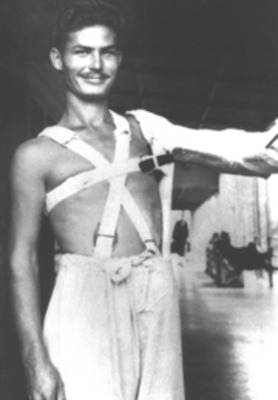
Perhaps Hollywood could offer some cinematic flair to this story, but embellishment would be unnecessary. For his actions on Okinawa, he was awarded the Medal of Honor by President Truman.
His recovery would be long, and a subsequent bout of tuberculous in 1947 made it all the more challenging. However, Doss would go on to live a long distinguished life as the entire Japanese Army had seemed to struggle to keep him down.
Doss passed away in March 2006 at the age of 87. While students of history might have been long aware of this remarkable man, the world via cinema is about to get a view into the type of people it took to win the war.
Here’s hoping Hollywood gets it right for this man deserves nothing less.
Here’s the trailer for the new movie:
https://www.youtube.com/watch?v=8g5mQ69ROvo
